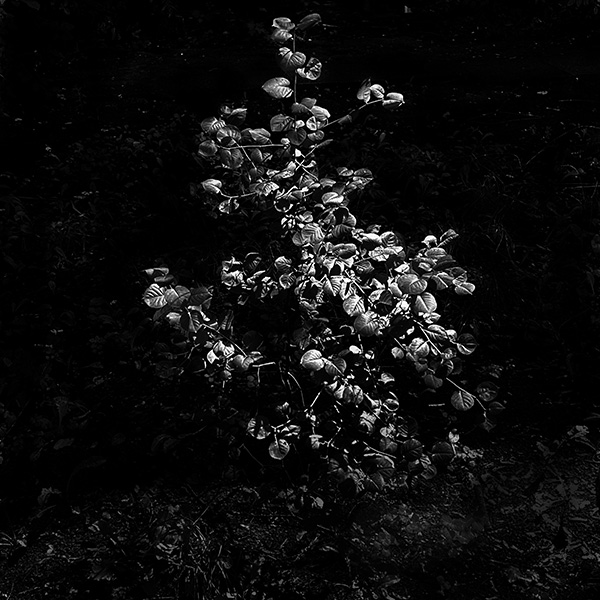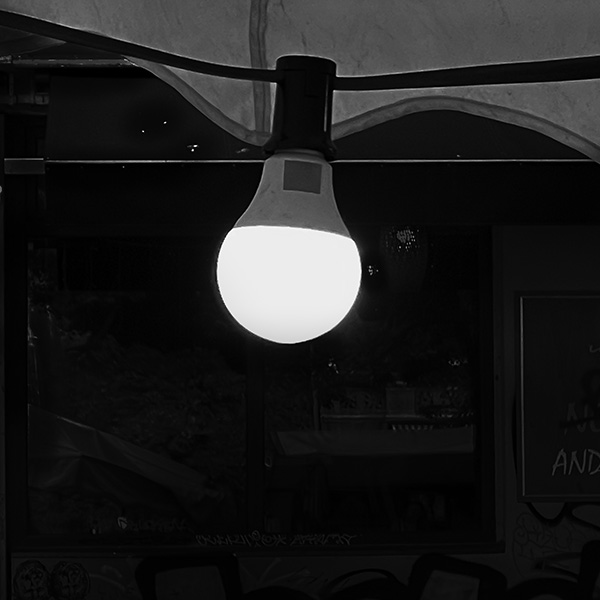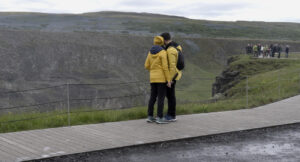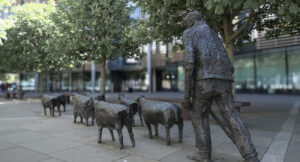The Quiet Power of Intimate Street Photography
A photograph is a secret about a secret. The more it tells you, the less you know. – Diane Arbus
In the fast-paced, chaotic world of street photography — filled with dramatic juxtapositions, bold characters, and split-second moments — there exists a quieter, more personal approach: Intimate Street Photography. This subtle subgenre invites the viewer to pause, observe, and connect with the emotional undercurrents of public life.
More than capturing spectacle, intimate street photography seeks to document quiet humanity — a passing glance, a solitary figure in thought, or an unnoticed act of tenderness. It’s not about the crowd, but about the individual within it.
What Is Intimate Street Photography?
“Intimate” in this context has nothing to do with romance or voyeurism. It speaks to:
Closeness: physical and emotional
Empathy: a humanistic approach to your subject
Presence: being in the moment with subtle awareness
Rather than freezing action, these images often feel still — even reflective. The viewer isn’t just an observer; they become a participant in someone’s fleeting, vulnerable moment.
Characteristics of Intimate Street Photography
| Element | Description |
| Proximity | The photographer is physically near the subject, often using wide lenses. |
| Emotion | Focuses on subtle feelings: isolation, warmth, tension, serenity. |
| Connection | Sometimes includes eye contact — or a shared space of stillness. |
| Poetic Tone | Less about the “decisive moment”, more about atmosphere and inner worlds. |
| Respectful Presence | Never mocking or invasive — the approach is compassionate and quiet. |
Photographers Who Master This Style
Here are some key artists whose work helps define and inspire intimate street photography:
A pioneer of poetic street imagery, Kertész captured the soul of everyday life in Paris and New York. His photos are often tinged with nostalgia and emotion — filled with small human gestures that speak volumes.
“The moment always dictates in my work. What I feel, I do.”– Kertész
2. Saul Leiter
Known for his abstract compositions and painterly use of color, Leiter’s photos feel like private meditations. He photographed through windows, glass, and reflections, layering public and private worlds together.
Recommended work: *Early Color– a masterclass in mood and intimacy.
Contemporary photographer known for capturing anonymous, soulful street portraits. Her work often includes isolated figures, blurred boundaries, and shadowy tones — evoking an emotional response.
Her series *”The Humans”focuses entirely on everyday people photographed from close range in New York City.
4. Trent Parke
A member of Magnum Photos, Parke’s imagery is dark, layered, and deeply emotional. He often focuses on the fleeting, almost cinematic moments of Australian street life. His photographs feel like personal dreams or half-remembered memories.
How to Approach This Style
Want to explore this genre during your travels or in your own city? Here are some field-tested tips:
1. Be Present, Not Pushy
You don’t have to chase drama. Instead, observe patiently. Let your presence blend into the environment.
2. Use Wide Lenses
Wide-angle lenses (28mm or 35mm) allow you to get physically close, while still capturing context and environment.
3. Watch for Body Language
Look for gestures, glances, and micro-moments — a hand resting on a wall, someone lost in thought, or two strangers crossing paths.
4. Shoot in Quiet Light
Early morning or twilight hours often produce soft, emotional lighting that complements the mood.
5. Work in Series
Consider building a body of work around a theme: solitude, rain, window reflections, or travelers in motion.
Why Intimate Street Photography Matters in Travel
As a travel photographer, you’re often drawn to big scenes and iconic landmarks. But the soul of a place lives in its small, unnoticed moments — an old man sitting by a café window, a child peering out of a train, or a couple sharing silence at the edge of a plaza.
This genre challenges you to slow down and see not just the city, but the humans who shape it. In doing so, your photos become not just visual records — but emotional narratives.
Final Thought
Intimate street photography is less about taking — and more about receiving.
You’re not just documenting life on the street, but listening to it. You’re not just seeing strangers, but acknowledging their presence with empathy and stillness.
So next time you’re out in the world with your camera, try this: look for quiet stories, not noise. Focus less on what’s happening — and more on what’s felt.






